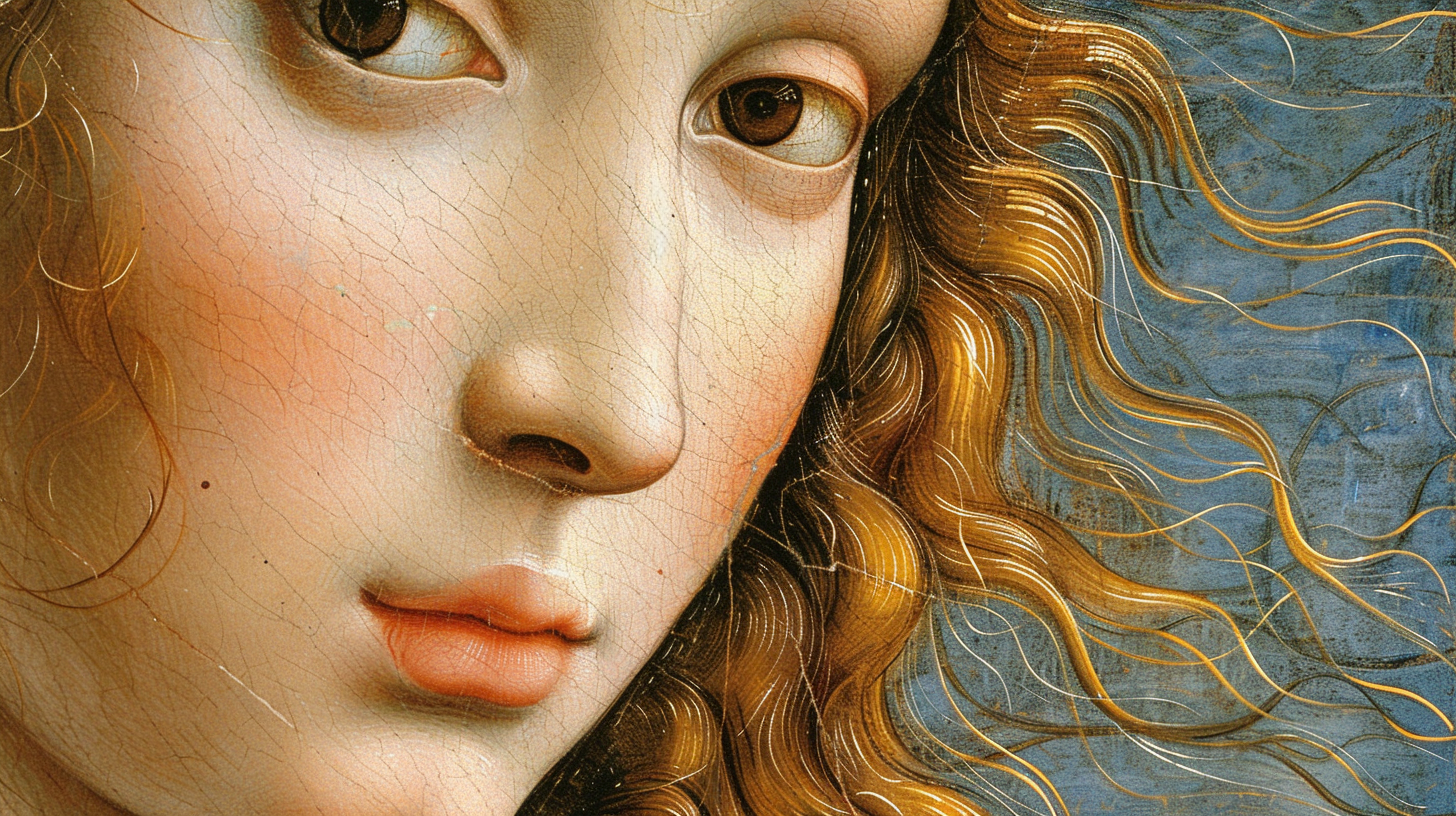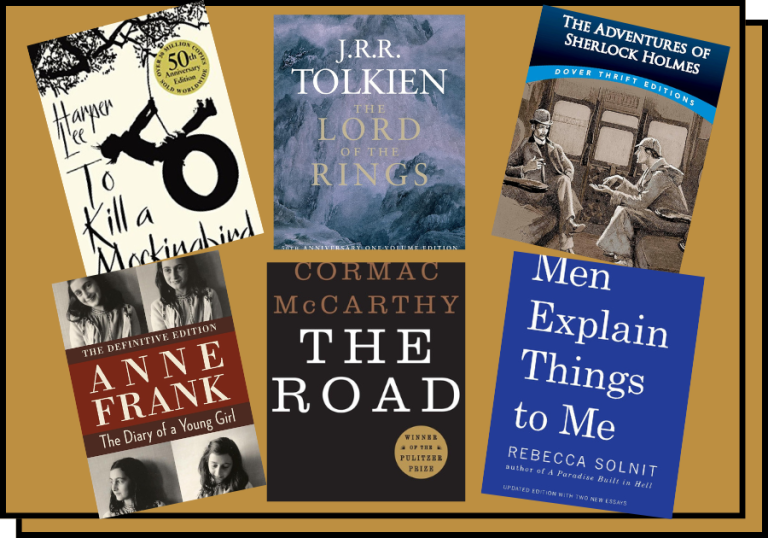Table of Contents
ToggleIntroduction to Art Literature
Art literature encompasses a broad spectrum of works that explore the history, theory, and practice of visual arts. These books serve as essential resources for artists, students, and art enthusiasts, offering insights into artistic movements, techniques, and the lives of renowned artists. From monographs and exhibition catalogs to theoretical essays and instructional guides, art literature provides a comprehensive understanding of the visual arts and their impact on culture and society. Whether you are an aspiring artist seeking inspiration or a connoisseur looking to deepen your appreciation of art, art books offer a rich and enlightening reading experience.
Popular Themes and Periods in Art Books
Art literature covers a wide range of themes and periods, each offering unique insights into the evolution of artistic expression. Popular themes include the exploration of different artistic movements, such as Renaissance art, Impressionism, Modernism, and Contemporary art. Books on Renaissance art, for instance, delve into the works of masters like Leonardo da Vinci and Michelangelo, highlighting their contributions to the rebirth of classical ideals and techniques. Impressionism, with its focus on light, color, and everyday scenes, is represented by artists like Claude Monet and Edgar Degas. Modernism, encompassing movements like Cubism, Surrealism, and Abstract Expressionism, features works by Picasso, Dalí, and Pollock, who challenged traditional boundaries and redefined artistic expression. Contemporary art, characterized by its diversity and experimentation, includes a wide range of media and styles, reflecting the complexity and dynamism of today’s art world. These themes and periods provide a rich tapestry of artistic development, offering readers a deeper understanding of the evolution and impact of visual arts.
Top Art Books for Artists and Enthusiasts
Selecting the best art books for artists and enthusiasts can be a rewarding endeavor, given the wealth of high-quality options available. For those interested in Renaissance art, “The Lives of the Artists” by Giorgio Vasari offers an essential historical perspective, detailing the lives and works of prominent Renaissance artists. “Impressionism: Art, Leisure, and Parisian Society” by Robert L. Herbert provides an in-depth exploration of the social and cultural context that shaped the Impressionist movement. “The Story of Art” by E.H. Gombrich is a comprehensive and accessible introduction to the history of art, spanning from prehistoric times to the modern era. For contemporary art enthusiasts, “Art Since 1900: Modernism, Antimodernism, Postmodernism” by Hal Foster and Rosalind Krauss offers a thorough analysis of key movements and developments in 20th and 21st-century art. These books, among others, provide valuable insights and a broad overview of artistic trends and innovations, making them essential additions to any art lover’s library.
How to Choose an Art Book
Choosing the right art book depends on your specific interests and the depth of exploration you seek. Start by identifying the art movements, periods, or artists that captivate your interest. Are you fascinated by the detailed techniques of Renaissance painters, the vibrant colors of Impressionism, or the abstract forms of Modernism? Next, consider the type of book that suits your needs—whether it’s a comprehensive history, a focused monograph, an exhibition catalog, or a practical guide. Reading reviews and recommendations from reputable sources can help you gauge the book’s quality and relevance. Additionally, award-winning art books often provide high-quality content and scholarly insights. Sampling a few pages or examining the book’s visual presentation can also help you determine if it meets your expectations. A well-chosen art book can enhance your appreciation of visual arts and provide a deeper understanding of artistic processes and cultural contexts.
Book Reviews: Influential Art Publications
1. “The Lives of the Artists” by Giorgio Vasari: This classic work offers an essential historical perspective on the Renaissance, detailing the lives and achievements of key artists such as Leonardo da Vinci, Michelangelo, and Raphael. Vasari’s anecdotes and observations provide valuable insights into the artistic practices and cultural milieu of the Renaissance period. His engaging narrative style makes this book a timeless resource for understanding the foundations of Western art.
2. “Impressionism: Art, Leisure, and Parisian Society” by Robert L. Herbert: This book provides an in-depth exploration of the social and cultural context that shaped the Impressionist movement. Herbert examines the works of artists like Monet, Degas, and Renoir, highlighting their innovative techniques and the ways in which their art reflected contemporary Parisian society. The book’s detailed analysis and rich illustrations make it an indispensable resource for anyone interested in Impressionism.
3. “The Story of Art” by E.H. Gombrich: As one of the most accessible and comprehensive introductions to the history of art, Gombrich’s “The Story of Art” spans from prehistoric times to the modern era. Gombrich’s clear and engaging prose, combined with numerous illustrations, provides readers with a broad understanding of the development of art across different cultures and periods. This book is widely regarded as a foundational text for art students and enthusiasts.
Author Spotlights: Renowned Art Critics and Historians
1. Giorgio Vasari: Often considered the first art historian, Vasari’s “The Lives of the Artists” has been a foundational text in the study of Renaissance art. His detailed biographies of prominent artists provide valuable insights into their techniques, influences, and cultural contexts. Vasari’s work remains a crucial resource for understanding the Renaissance and its lasting impact on Western art.
2. E.H. Gombrich: A highly influential art historian, Gombrich’s “The Story of Art” has introduced generations of readers to the history of visual arts. His ability to explain complex artistic concepts in a clear and engaging manner has made his work accessible to a wide audience. Gombrich’s contributions to art history and his commitment to making art accessible have left a lasting legacy in the field.
3. Hal Foster and Rosalind Krauss: As prominent figures in contemporary art criticism, Foster and Krauss have contributed significantly to the understanding of modern and postmodern art. Their collaborative work, “Art Since 1900,” offers a comprehensive analysis of key movements and developments in 20th and 21st-century art. Their scholarly insights and critical perspectives have shaped contemporary art discourse and continue to influence the study of modern art.
Reader’s Corner: Exploring Art through Books
1. Join an Art Book Club: Engaging with others who share an interest in art can enhance your reading experience. Art book clubs offer opportunities for discussion, debate, and deeper understanding of artistic movements and techniques. Sharing insights and perspectives can enrich your appreciation of the diverse narratives and visual styles in art literature.
2. Visit Art Exhibitions and Museums: Complement your reading by visiting museums and galleries that feature works related to the books you are exploring. Viewing art in person can provide a tangible connection to the artists and movements discussed in your readings. Many museums also offer catalogs and publications that provide additional context and analysis of their collections.
3. Attend Art Lectures and Workshops: Many art institutions and universities offer lectures and workshops on various art topics. Attending these events can provide valuable insights from experts, hands-on experiences, and opportunities to engage with the broader art community. These activities can deepen your understanding of the themes and techniques discussed in art books.
4. Explore Online Art Resources: Websites like Google Arts & Culture, Smarthistory, and the Metropolitan Museum of Art’s online collection offer extensive resources for exploring art. These platforms provide high-quality images, detailed descriptions, and scholarly articles that can enhance your understanding of the books you read. Engaging with these resources can provide a broader context for the visual arts and enrich your overall art appreciation.
5. Keep an Art Journal: Documenting your thoughts and reflections as you read and view art can enhance your understanding and retention of the material. An art journal allows you to track your progress, note important themes and techniques, and reflect on your personal reactions to the works. Keeping a journal can also serve as a personal record of your art exploration, helping you to see how your tastes and insights evolve over time. By regularly writing in your journal, you can develop a more critical and analytical approach to art, which will deepen your appreciation of the diverse styles and narratives in visual arts literature.


